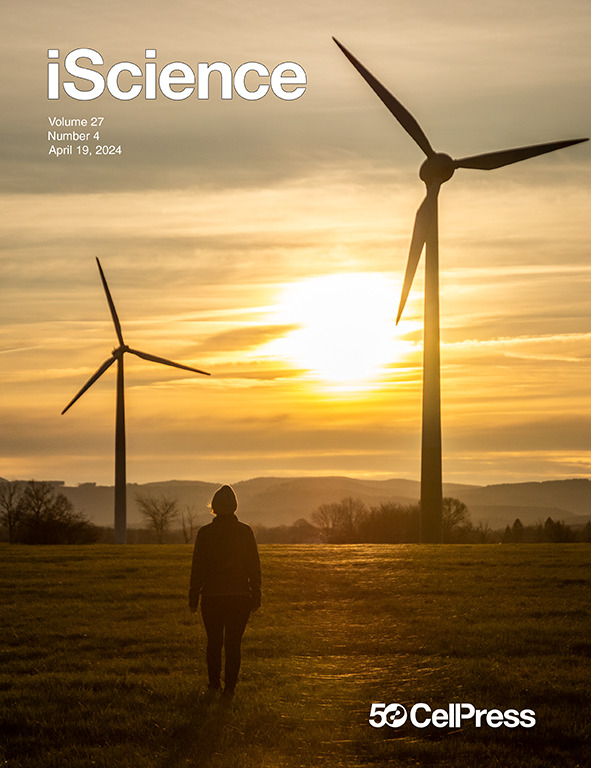Merits of dietary patterns for China’s future food security satisfying socioeconomic development and climate change adaptation
IF 4.6
2区 综合性期刊
Q1 MULTIDISCIPLINARY SCIENCES
引用次数: 0
Abstract
Food security depends on food production exceeding consumption, which are influenced, respectively, by climate change and socio-economic development. We adopted a hybrid approach for predicting features of future food security in China. Specifically, complex interactions in food security were examined using copula-based Markov Chain Monte Carlo simulation. Crop yields per unit area were simulated with a denitrification-decomposition (DNDC) model under four climate-change scenarios. A high shortage risk for soybean and lower shortage risks for maize and wheat were predicted. Compared with the extent of food security in China under other dietary patterns, the performance advantage of the Chinese dietary pattern was identified, which could mitigate crop shortage risks. The shortage risk of core crops would not be influenced greatly under the different dietary patterns. In the planning years 2025 and 2030, the shortage risks for soybean and rice would be pronounced (i.e., more than 50%), whereas those for maize and wheat would not be prominent.
膳食结构对中国未来粮食安全的好处,以满足社会经济发展和适应气候变化
粮食安全取决于粮食生产超过消费,这分别受到气候变化和社会经济发展的影响。采用混合预测方法预测中国未来粮食安全特征。具体而言,利用基于copula的马尔可夫链蒙特卡罗模拟研究了粮食安全中的复杂相互作用。采用反硝化分解(DNDC)模型模拟了4种气候变化情景下的作物单产。大豆短缺风险较高,玉米和小麦短缺风险较低。通过与其他饲粮模式下中国粮食安全程度的比较,发现了中国饲粮模式在缓解作物短缺风险方面的性能优势。不同日粮模式对核心作物短缺风险影响不大。在2025年和2030年规划年,大豆和大米的短缺风险将明显(即超过50%),而玉米和小麦的短缺风险将不突出。
本文章由计算机程序翻译,如有差异,请以英文原文为准。
求助全文
约1分钟内获得全文
求助全文
来源期刊

iScience
Multidisciplinary-Multidisciplinary
CiteScore
7.20
自引率
1.70%
发文量
1972
审稿时长
6 weeks
期刊介绍:
Science has many big remaining questions. To address them, we will need to work collaboratively and across disciplines. The goal of iScience is to help fuel that type of interdisciplinary thinking. iScience is a new open-access journal from Cell Press that provides a platform for original research in the life, physical, and earth sciences. The primary criterion for publication in iScience is a significant contribution to a relevant field combined with robust results and underlying methodology. The advances appearing in iScience include both fundamental and applied investigations across this interdisciplinary range of topic areas. To support transparency in scientific investigation, we are happy to consider replication studies and papers that describe negative results.
We know you want your work to be published quickly and to be widely visible within your community and beyond. With the strong international reputation of Cell Press behind it, publication in iScience will help your work garner the attention and recognition it merits. Like all Cell Press journals, iScience prioritizes rapid publication. Our editorial team pays special attention to high-quality author service and to efficient, clear-cut decisions based on the information available within the manuscript. iScience taps into the expertise across Cell Press journals and selected partners to inform our editorial decisions and help publish your science in a timely and seamless way.
 求助内容:
求助内容: 应助结果提醒方式:
应助结果提醒方式:


